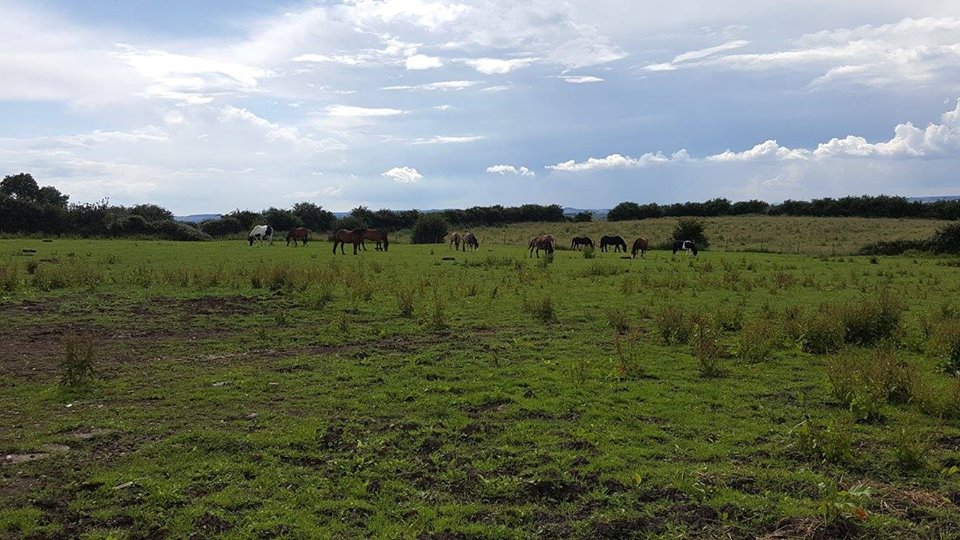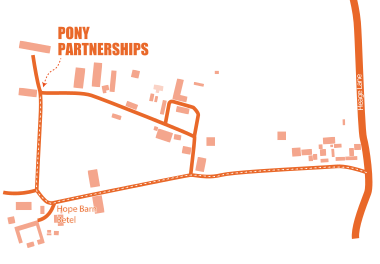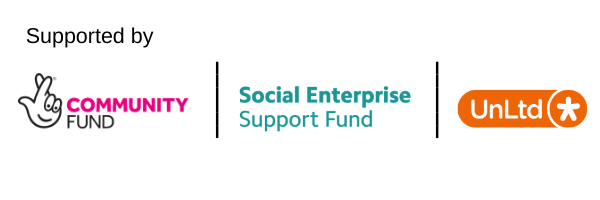Gestalt Equine Therapy 2
Posted 4 Jul 2016
At the start of the training we were invited to consider and repeat a safety agreement practised by Barbara Rector in Arizona – “I am responsible for myself, I will look after myself in order that I can be responsible for those in the herd”. This set the tone of care within the herd for the weekend.

It was important, and difficult, to let go of our inner ‘horse person’ and some of our empirical understandings of horse behaviour (licking and chewing etc.) in order to experience the horse within the ‘I-thou’ relationship as another being.
It is of course important to log these understandings when entering a space with the horses in order to ensure safety, but when reflecting on the here and now and what and how, we need to tune into where we are internally, what is present so we can take that into herd and work with what we have.
We talked about herd behaviour as being field theoretical. Field theory in gestalt theory relates to the idea that we don’t exist in isolation. Field theory initally comes from the work of Kurt Lewin. This can also expand to a sense of connection in sense of universal/collective consciousness. Collective consciousness was first introduced by Emile Durkheim as a sense of the existence of a unifying force within society. Carl Jung also talked about a collective consciousness referring to structures of the unconscious mind which are shared among beings of the same species. We may consider that these collective consciousness could also be shared across species. I have often been struck at the synchronicity involved in the client’s choice of horse in therapy, and how often the two share experiences in a way that cannot be coincidence – have they recognised something in each other that goes beyond words?



















